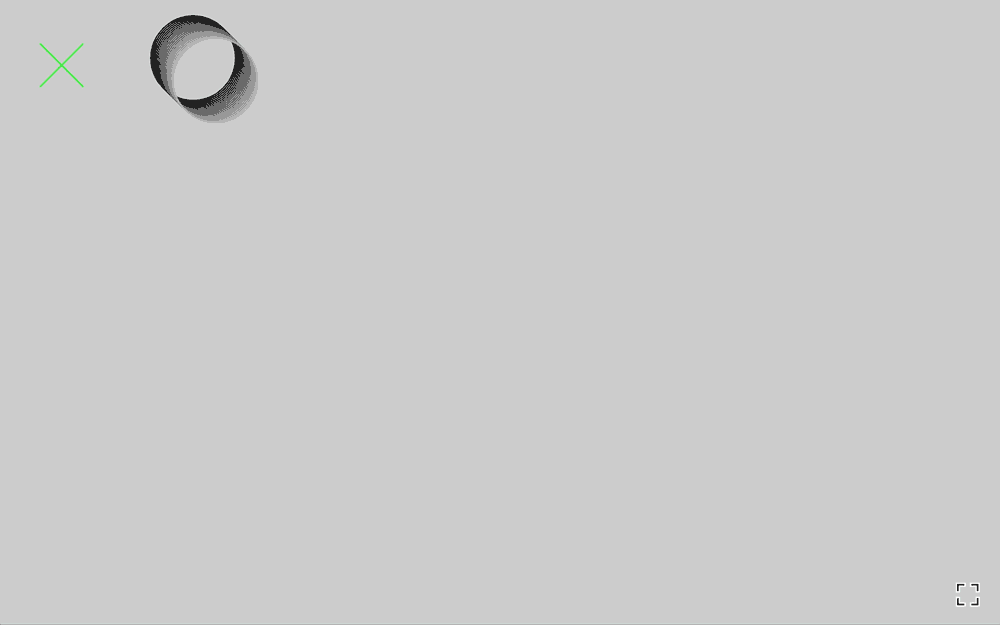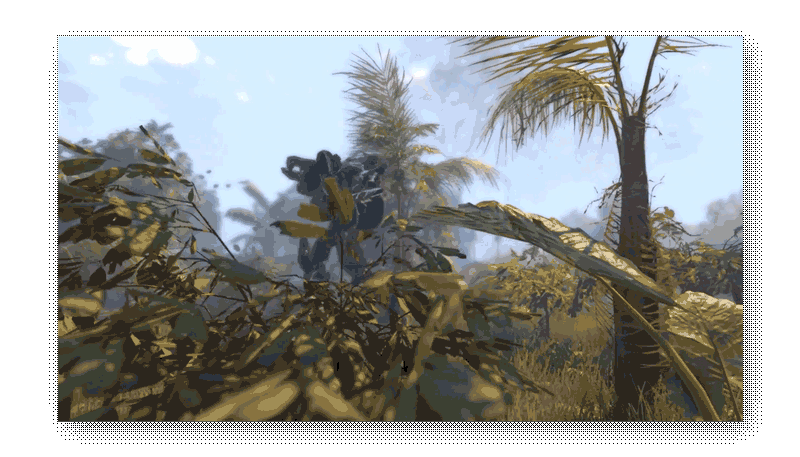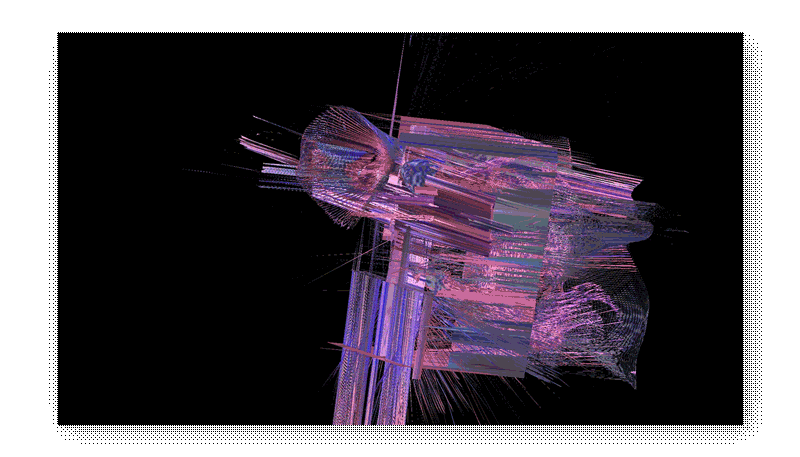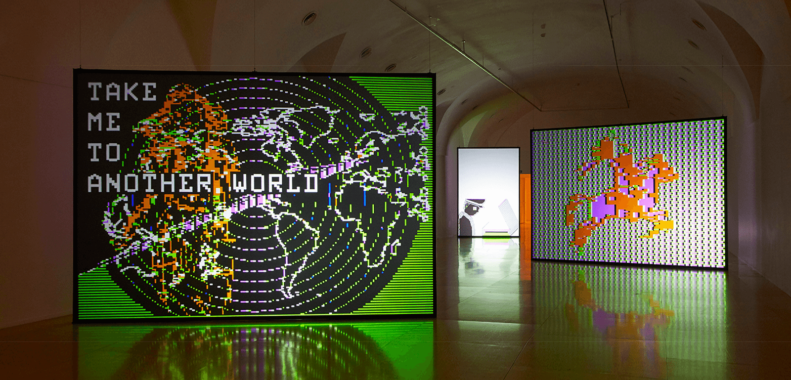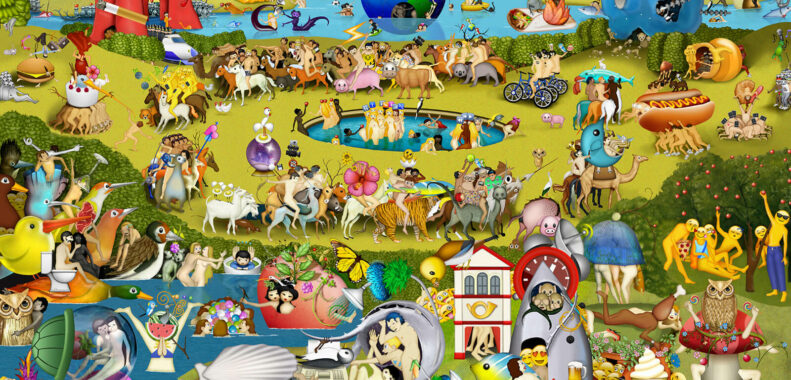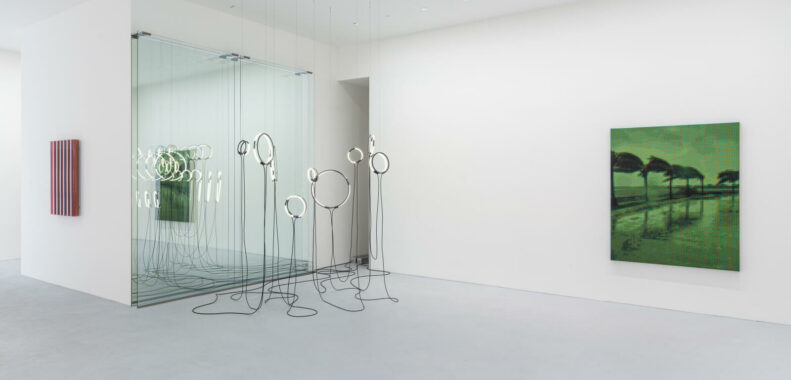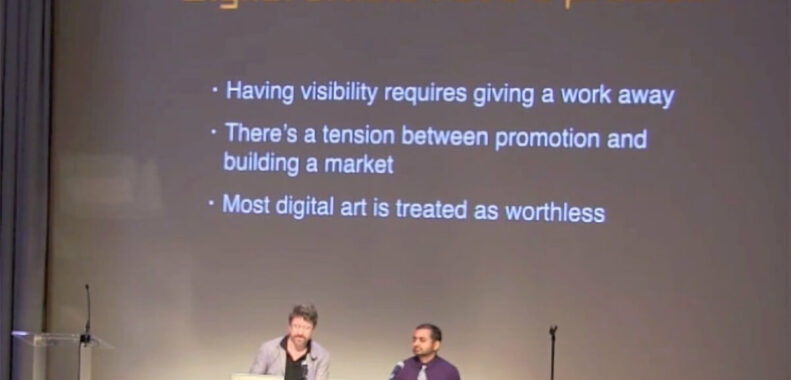All
Thinking in Public

I am thrilled to join HOLO as the Editorial Lead for this year’s Annual. I’m Nora; I’m an editor, writer, critic, teacher, and curator. For ten years on, I’ve been editing and writing about the cultural impacts of technology, with a focus on developing what Sara Watson describes as “constructive technological criticism.” My hope has always been to expand the terms of what writing about and through technological and mediated culture can be. I’m particularly excited to join the thoughtful team at HOLO in producing the Annual to continue such work.
In working with, writing about, and teaching artists, technologists, and all in between, I keep returning to the importance of carefully weighing the language we use about technology. Right there—that “we”—is a bad tic that’s entered my own writing, influenced by years of reading technological criticism and essays that posit a “We” of our collective relationship to techne. As we are flooded cognitively by algorithmically-generated and human-generated discourse, I am especially interested in tracking, noting, the ways criticality is abraded by not just platforms, but also by the frameworks and terms of critique on offer. Even as critical analyses of the stakes of “new and emerging technologies” have become more common, sought out, and lauded as very necessary, there is ever the language of magic and enchantment entering alongside, almost hand in hand with developments in AI and machine learning.
Myths unfold in real-time alongside critical ‘reveals,’ unveilings, and clarifications. Binaries around understanding or misunderstanding proliferate. Cultural gaps between the humanities and the sciences expand even as artists and interdisciplinary practitioners work to collapse them. Many examples of extreme computational power increasingly claim space outside of, or beyond, language, critique, and historical understandings of power, sovereignty, and narrative. In this year’s Annual, we’ll engage with the new responsibilities that critics, theorists, programmers, technologists, and artists have to make sense of the mess, to cut through the confusion and obfuscation ever unfolding around computation. In the process, maybe we’ll even find ways to not say “the intersection of art and technology,” and revel instead in all the ways that technology has always drawn on artistic research, and artistic production has been technological or systematic.
The process of thinking through should take place in public, and is made more rich by being in public. Over the next few months, I hope to share the thinking and conversations around the development of the Annual as a print publication and archive, along with emerging experiments, works, and framings. I will talk through these tensions, between legibility and obfuscation, right here on the blog. We’ll talk about the debates and questions driving the issue, and how they’re being explored on the editorial and research side. I want you to be witness to the process of developing the frame and core themes for this year’s Annual, and to that end, I hope to be in conversation with you, and hear your thoughts. Please feel free to e-mail me here at nora@holo.mg about anything that sparks your interest in these posts.
Next up on the blog: an announcement of our Research Partner. The Research Partner is a vital part of the development of our theme: they are a sounding board and challenge. I will share reflections on my conversations with them, and further down the line, the invited artists, scholars, thinkers who will appear in the issue. Whether we will be talking through predictive methods and histories of algorithms, or broader cultural myths of the role of technology and creative practice, this blog will be a form of representing process in public, of making the collaborative process of producing a magazine—so often hidden in the back alleys, in shadows—fully legible. I’m delighted to share the process with you. Let’s begin.
“Take Me to Another World,” the first-ever Charlotte Johannesson retrospective, opens at Museo Nacional Centro de Arte Reina Sofía, Madrid. Named after a computer graphic the Swedish artist created in the 1980s, the survey traces 60 years of Johannesson’s image-making between craft and technology. A textile artist who turned to computer programming (in 1978, the autodidact swapped her loom for an Apple II Plus), Johannesson’s political tapestries are inwoven with 1960s counterculture, punk, and feminism.
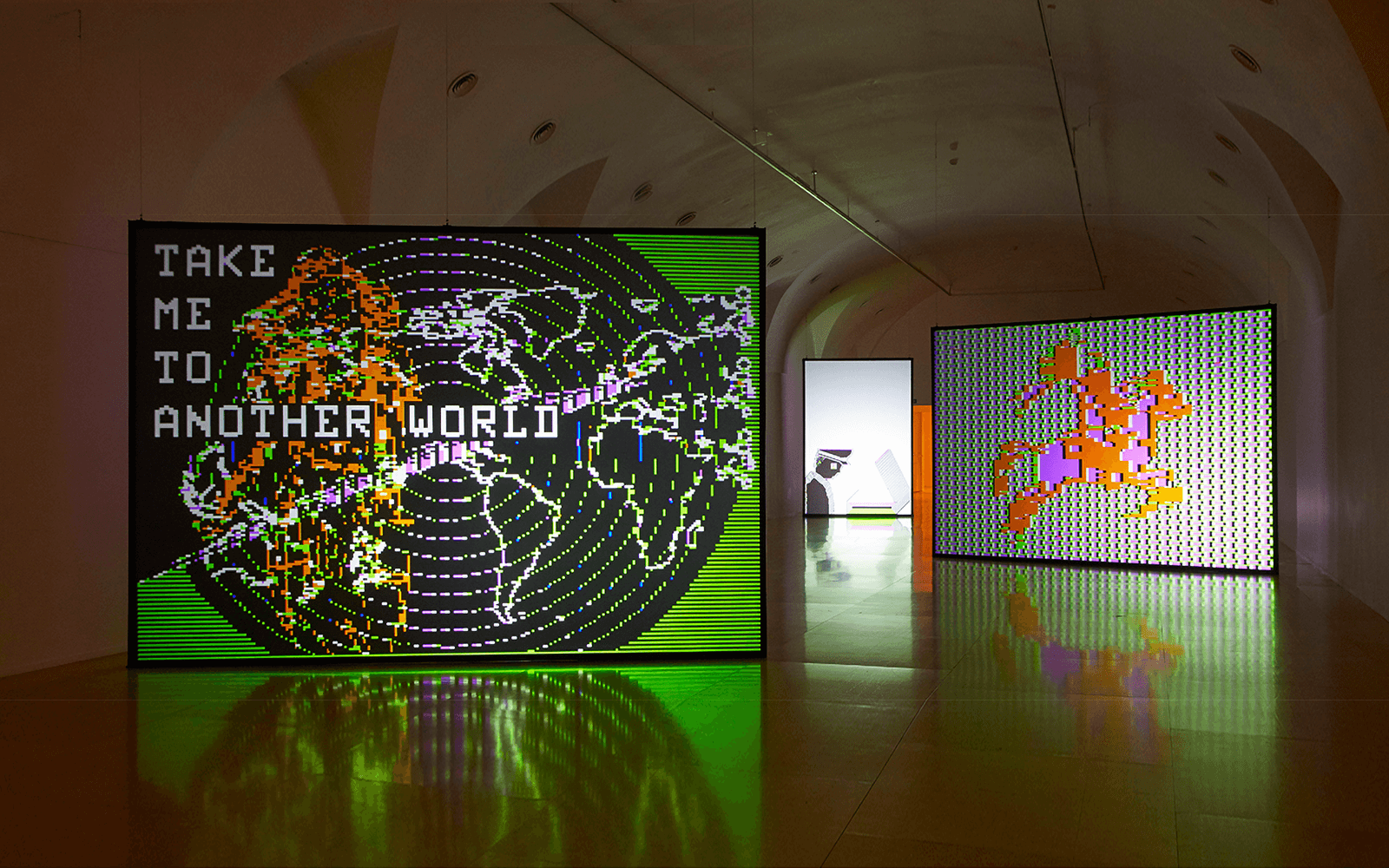
Ben Grosser on Why He Creates Unique Digital Objects That Can Only Be Viewed Once
“I see artists erasing their own URLs from Twitter bios and replacing them with links to cryptoart platform pages, and turning their Twitter feeds into very noisy adverts for platforms, talking about bids, drops, sales.”
A reimagination of Hieronymus Bosch’s iconic triptych for the digital age, Carla Gannis’ The Garden of Emoji Delights opens at Stockholm’s Fotografiska. In her 2014 collage, the American artist explores how Bosch’s visual world from 500 years ago matches our emoji dictionary, circa now. “There is humour, darkness, and absurdity,” state the curators. “Earthly, cosmological, and technological conditions are combined,” revealing ideologies and social constructs that have remained unchanged for centuries.
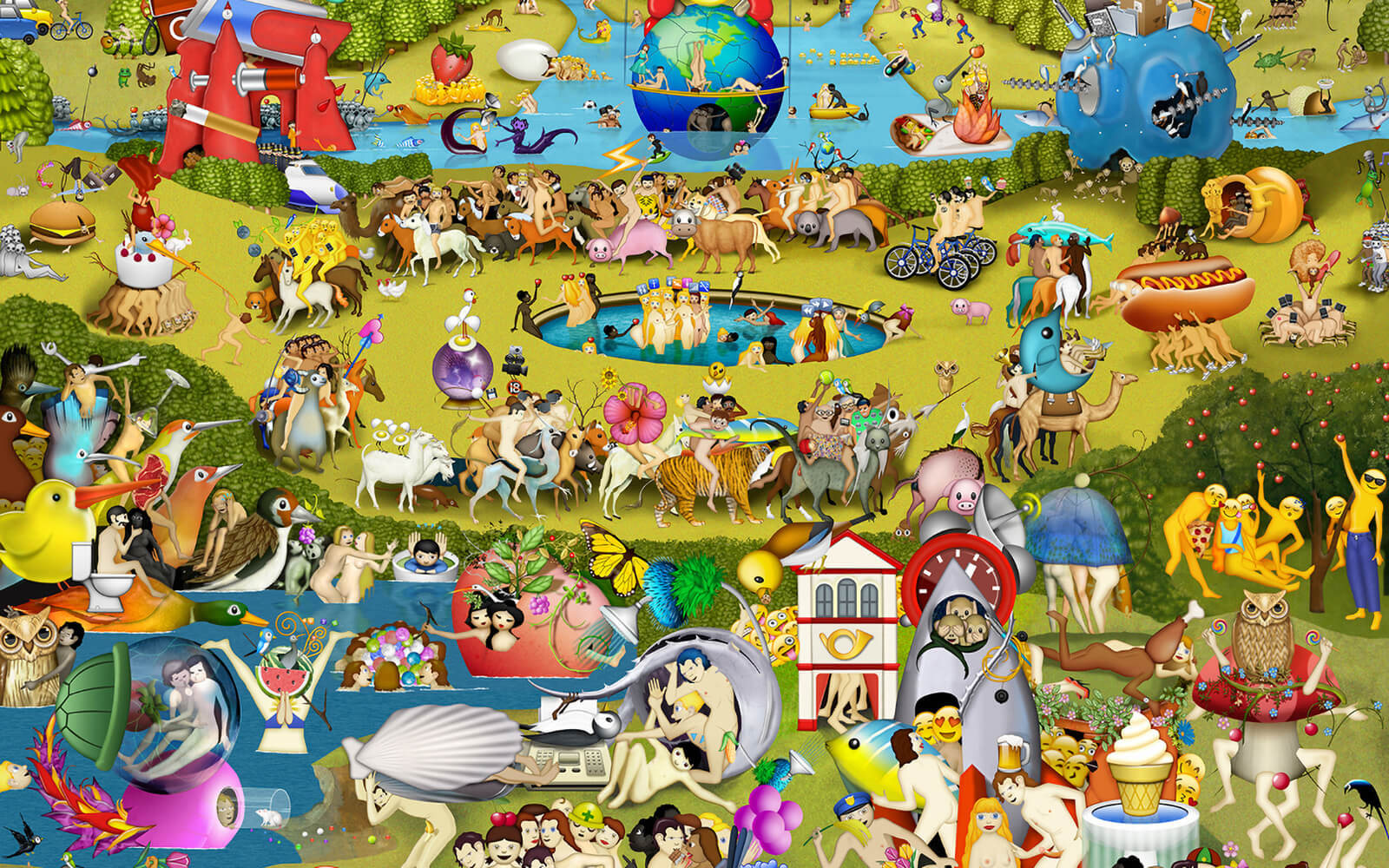
How Gene Youngblood Popularized the Phrase “Expanded Cinema”
“Stan VanDerBeek coined the phrase ‘expanded cinema.’ But it was Gene Youngblood who put it on the cover of a book, filled it with rocket fuel, and sent it buzzing through the late-1960s art world like a heat-seeking missile.”
“Poetics of reality (encoded)” opens at max goelitz gallery, Munich, putting works by Austrian artist Brigitte Kowanz and UK-based collective Troika in juxtaposition. “Both question different forms of representation via a subversive examination of abstraction and new pictorial formulas,” notes curator Madeleine Freund. What unites them is a shared interest in human perception and the mediation of information. “Through language, codes, and algorithms they critically examine contemporary issues, from climate policy to digitization.”
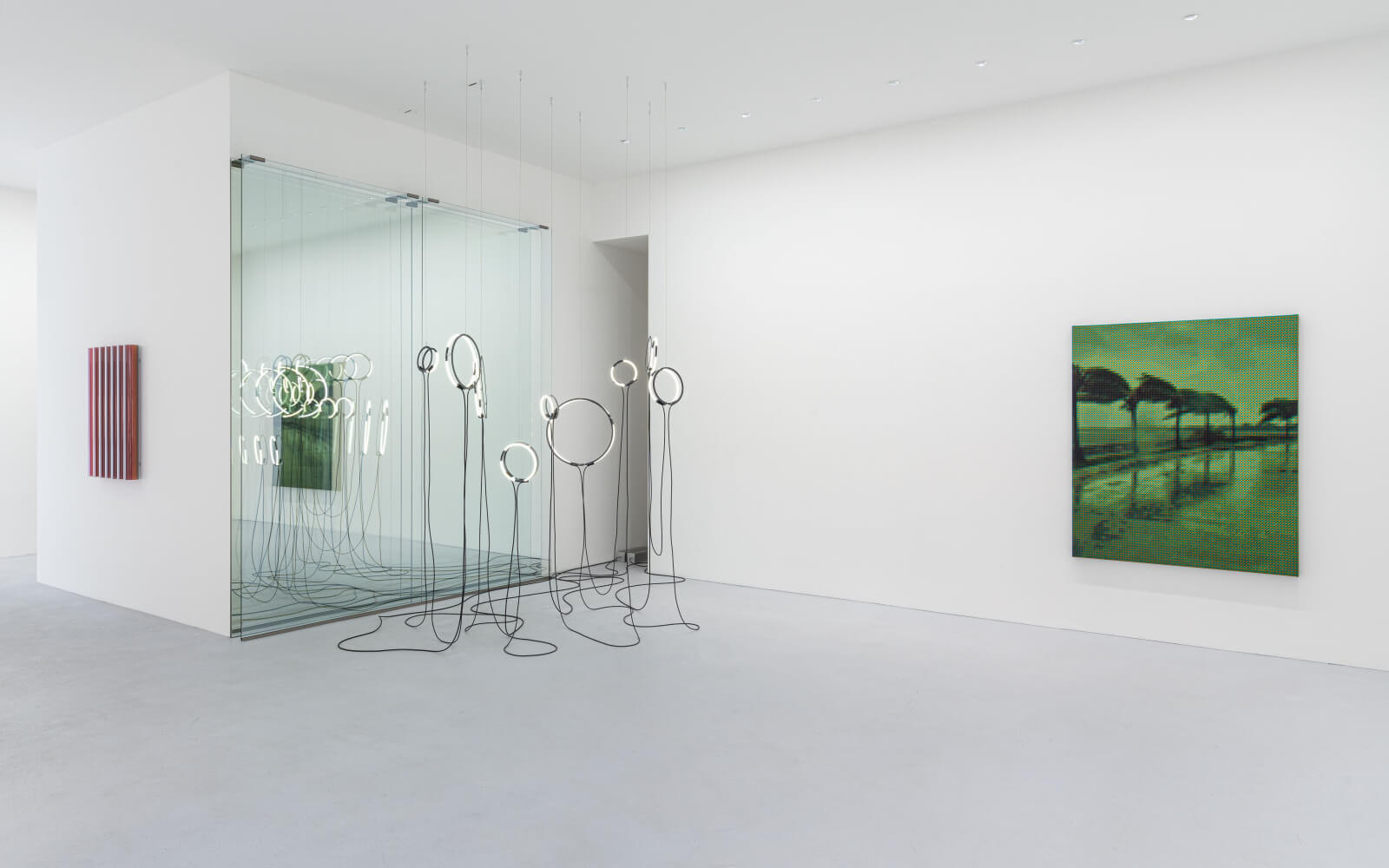
Katrina Sluis Frames “CGI Torch Bearer” Alan Warburton
“I like to imagine Alan as kind of a visual effects magician, who can bend the light of the CGI torch and shine it back on itself.”
Kate Crawford
Atlas of AI
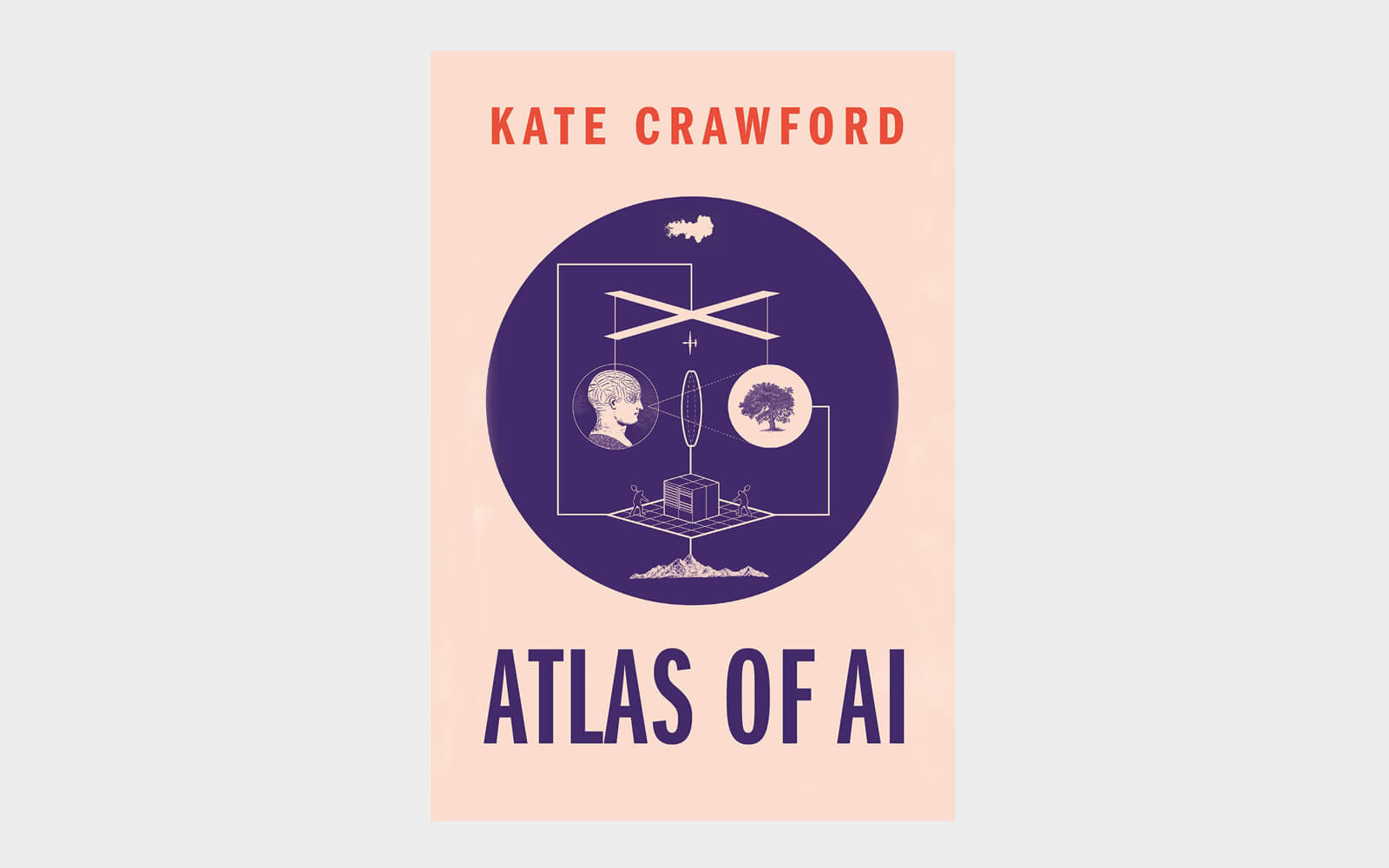
Facebook Congratulates Self for Stamping Out Troll Farm
“This is an ongoing pattern we have seen where we see threat actors continuing to try to use these techniques to manipulate public debates on our platforms, and off our platform.”
Gene Youngblood
(1942–2021)

Not Unlike Pulling Excalibur from the Stone—Craig Mod on the “Healing Powers” of Writing JavaScript
“You feel like an alchemist. And you are. You type esoteric words—near gibberish—into a line-by-line text interface, and with a rush not unlike pulling Excalibur from the stone you’ve just scaffolded a simple application that can instantly be accessed worldwide.”
[Triumphant Horns] for “Activating Captions,” an Online Exhibition Exploring Closed Captioning
“Activating Captions,” an online exhibition exploring the expressive potential of closed captioning launches. Curated by Christine Sun Kim and Niels Van Tomme for the ARGOS Centre for Audiovisual Arts in Brussels, it brings together Carolyn Lazard, Alison O’Daniel (image: The Tuba Thieves, 2013), Alex Dolores Salerno, and others to “highlight and undo [captioning’s] shortcomings and inadequacies” while raising related questions of equity and access.
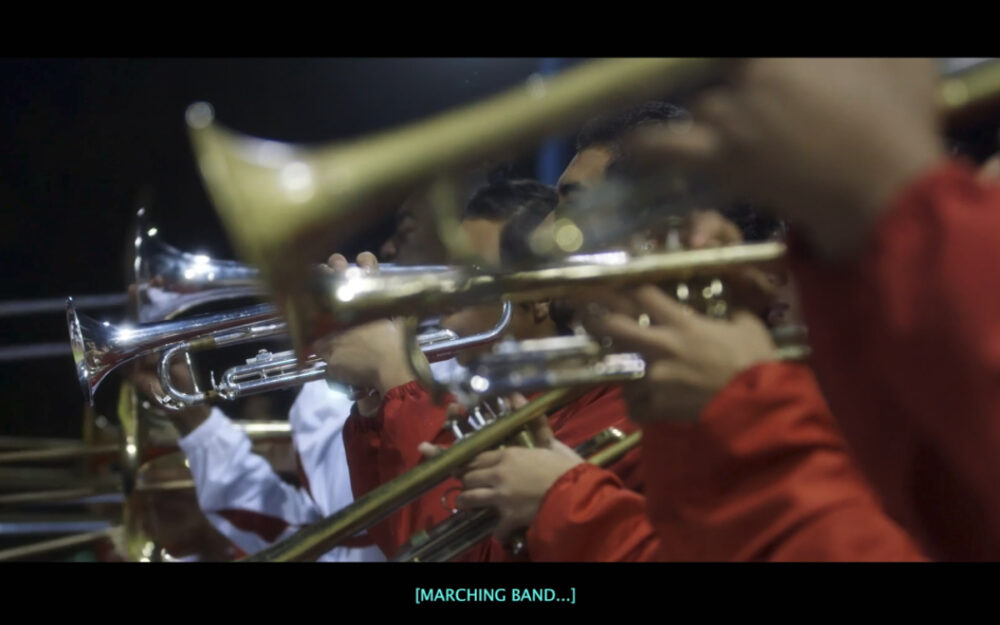
I Am a Molecule of the Estroworld!
“I am a molocule of the Estroworld, a corporate conglomerate of the petrochemical, agricultural, and pharmaceutical industries.”
Dotdotdot & ESA Installation Senses the Planetary Emergency
Lisbon’s Museum for Art, Architecture, and Technology (MAAT) comes out of lockdown with two new shows (“Aquaria” & “Y is Not s Small Country”) and one immersive installation. Realized by the Milan-based design studio Dotdotdot with science support from the European Space Agency (ESA), “Earth Bits – Sensing the Planetary” (image) offers a deep dive into the climate emergency. The data-driven journey begins with visualizing local CO2 emissions and then looks at our impact on a global scale.

Beeple’s “Everydays” Are Empty Reproductions of Power, Critics Say
“Because Beeple, right? He’s been making. And making and making and making. And not once has he produced anything. Not one single thing on one of those 5000 days.”
Urban Weeds Alphabet Spells Kinship Futures
“Looking back, Virginia Pepperweed (Lepidium virginicum) was really important to me. It thrived on petroleum-soaked copper soil and looked like a desert plant in the urban summer heat.”
In “NFTs Weren’t Supposed to End Like This,” Glitch CEO Anil Dash reflects on how, in 2014, he and artist Kevin McCoy invented NFTs. Paired at Seven on Seven, Rhizome’s annual one-night hackathon in New York City, the two prototyped monetized graphics, a blockchain-backed technology of asserting ownership over an original digital work (photo). “Our dream of empowering artists hasn’t yet come true,” Dash concludes disillusioned, “but it has yielded a lot of commercially exploitable hype.”
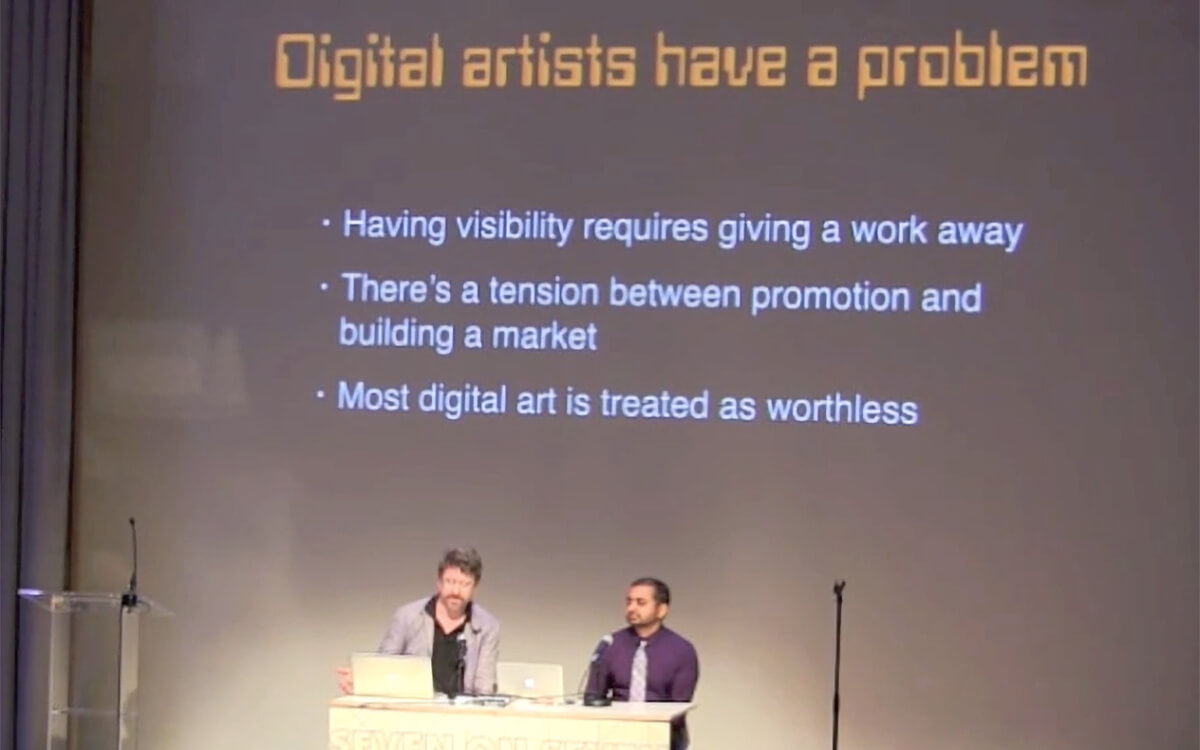
Holly Herndon on Best Practices for Nurturing a Healthy AI Collaborator
“The reason we use this metaphor of a baby is Spawn only has access to the information that we give her—we foster her with the data we feed her. We found this a way to not only talk about the importance of her daily diet, but the communal nature of raising a nascent intelligence.”
Nick Montfort Curates a Dynamic Selection of Browser-Based “Generative Unfoldings”
Curated by Nick Montfort, “Generative Unfoldings,” an exhibition of 14 browser-based artworks launches. Augmenting MIT’s Unfolding Intelligence symposium, its generative works span vignettes on power relations and value (Behnaz Farahi, Maja Kalogera) to pure abstraction (Ágoston Nagy, Andy Wallace). Langauge looms large, as illustrated by Karen ann Donnachie & Andy Simionato’s This Indignant Page: The Politics of the Paratextual (image), which turns revered prose into colourful compositions.
